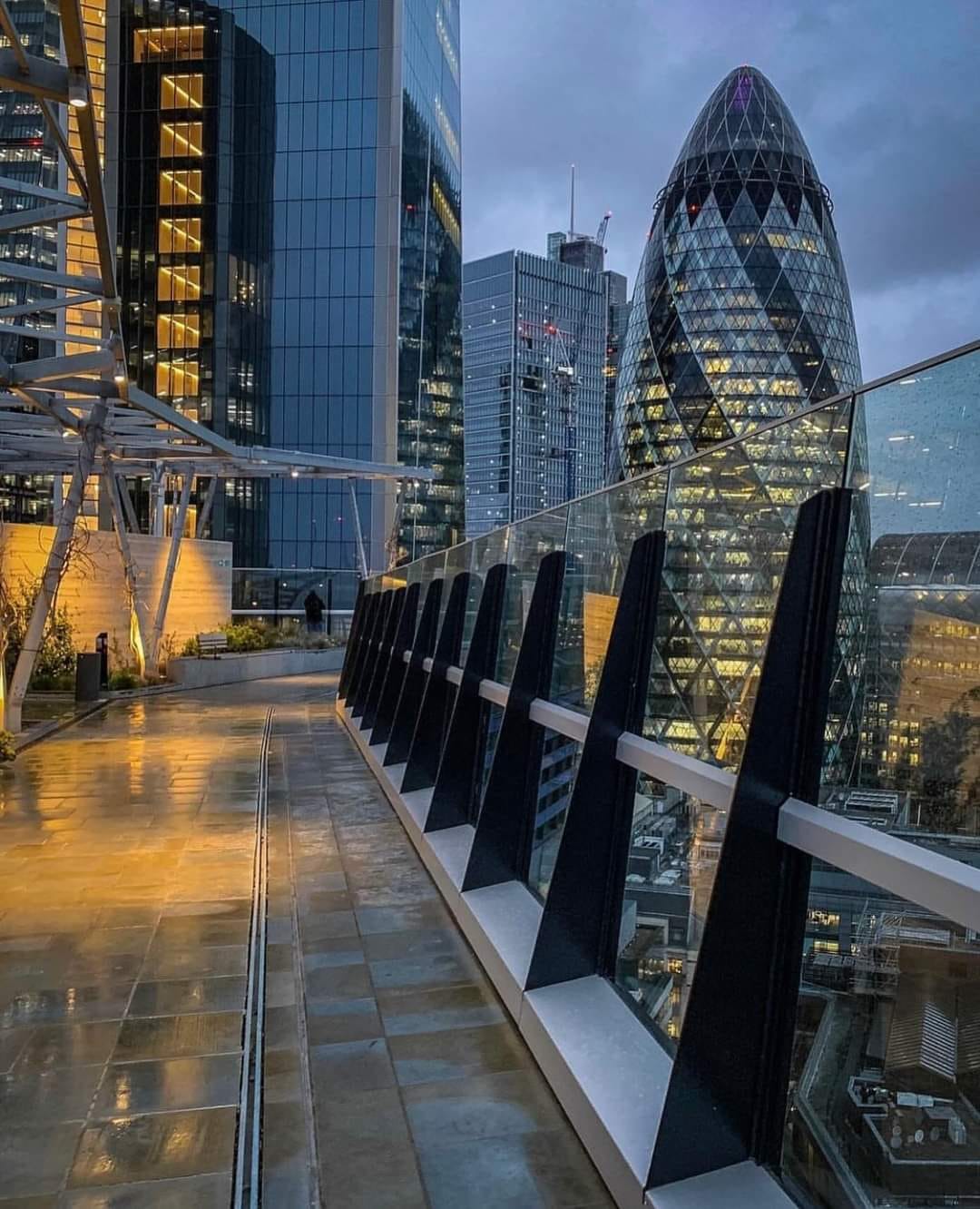India, Mongolia ink 10 pacts, ties elevated to strategic partnership www.indianexpress.com
India on Tuesday decided to fund an oil refinery project, give training to Mongolian armed forces, give free e-visas to Mongolian citizens and have cultural ties between Ladakh and a province of the east Asian nation as Prime Minister Narendra Modi and visiting Mongolian President Khurelsukh Ukhnaa met Tuesday.
After the bilateral meeting at Hyderabad House, PM Modi said the two countries had elevated their ties to a strategic partnership of about 10 years. They signed 10 pacts in the area of cultural exchange, immigration cooperation, promotion of cooperatives, humanitarian aid, geology and mineral resources, yoga and renovation of the Bogd Khan Palace.
“Our defence and security cooperation is also steadily strengthening. We have launched several new initiatives, from training programmes to the appointment of a Defence Attaché at the Embassy. India will also launch a new capacity-building programme for Mongolia’s border security forces,” he said.
“India has been a strong and reliable partner in Mongolia’s development. The Oil Refinery Project, supported by India’s $1.7 billion line of credit, will strengthen Mongolia’s energy security. It is India’s largest development partnership project globally, with over 2,500 Indian professionals working alongside Mongolian counterparts,” Modi said.
Terming the two nations “spiritual siblings” as they share the age-old bond of Buddhism, the PM said, “Next year, the holy relics of two great disciples of Lord Buddha — Sariputra and Maudgalyayana — will be sent from India to Mongolia.”
He said India will also send a Sanskrit teacher to Gandan Monastery to support in-depth study of Buddhist texts. “We have decided to soon launch a project to digitize one million ancient manuscripts. Nalanda University has played a vital role in Buddhism in Mongolia, and today we have agreed to strengthen this historic connection by linking Nalanda with Gandan Monastery.”
Modi said the MoU signed today between the Ladakh Autonomous Hill Development Council and Mongolia’s Arkhangai Province will give a fresh boost to cultural ties. He said their approach to global issues is based on “shared values”. “We stand as close partners in international forums, supporting a free, open, inclusive and rules-based Indo-Pacific. Together, we also work to amplify the voice of the Global South.”
He said, “We have also strengthened our cooperation in skill development. Through the Atal Bihari Vajpayee Centre of Excellence for IT and the India-Mongolia Friendship School, the aspirations of Mongolia’s youth are reaching new heights.”
President Khurelsukh planted a banyan tree in honour of his late mother as part of the initiative “Ek Ped Maa Ke Naam”. “Our relations are built on a solid foundation of trust and friendship between two ancient civilizations. They are nurtured by a shared cultural heritage, democratic values, and a shared commitment to development. I am confident that together we will take this strategic partnership to new heights,” he said. He hailed India’s leading role in the clean energy sector and specifically referred to the New Delhi-led International Solar Alliance.
MEA’s Secretary (East) P Kumaran said, “Critical minerals and renewable energy… Mongolia has large reserves of coking coal… and India buys coking coal from a variety of partners including Canada, Indonesia, Australia etc. Mongolia offers itself as a potential partner for this. The difficulty of course happens to be the fact that Mongolia is landlocked and depends on ports and neighboring countries to be able to ship out the coal. Most of their coal is currently exported to China.”
“If India is to buy coking coal from Mongolia, it will have to be either through Tianjin port in China or through Vladivostok in Russia. The economics need to be figured out. I understand that the Russian option is more expensive than the Chinese option. So, we are talking to the Russians and the Mongolians to see what kind of arrangements can be made to bring Mongolian coal through the Trans-Siberian Railway to Vladivostok and see how exactly the economics plays out.”
Published Date:2025-10-15






